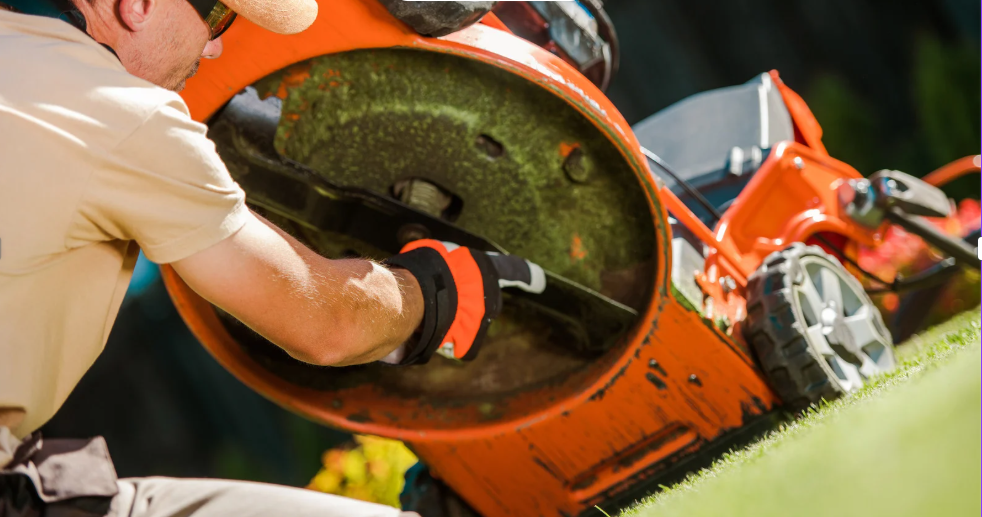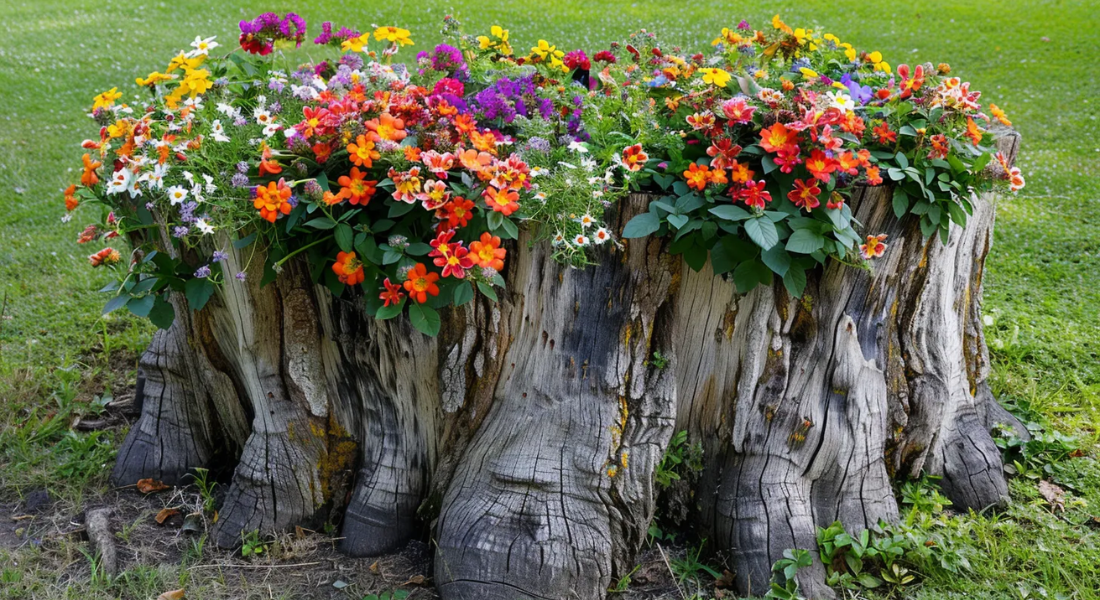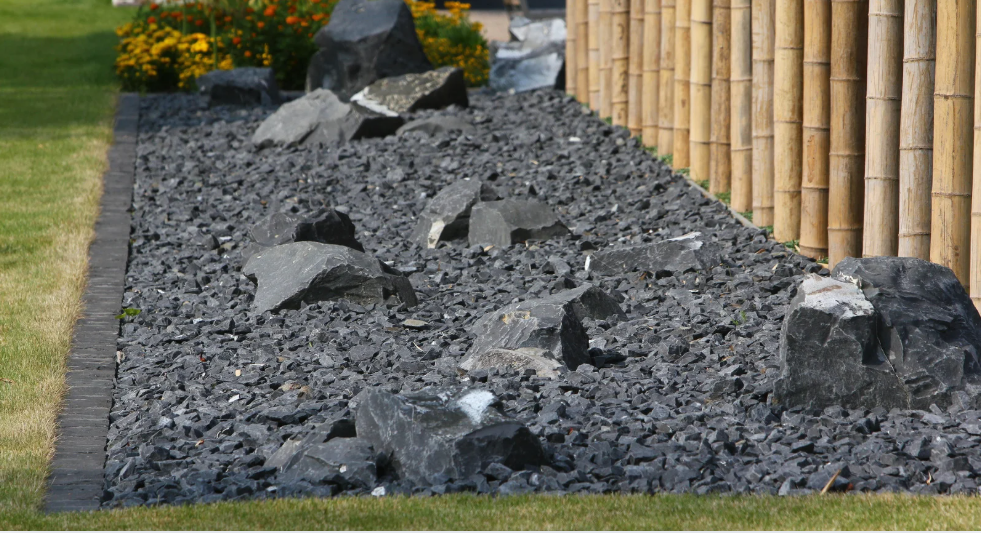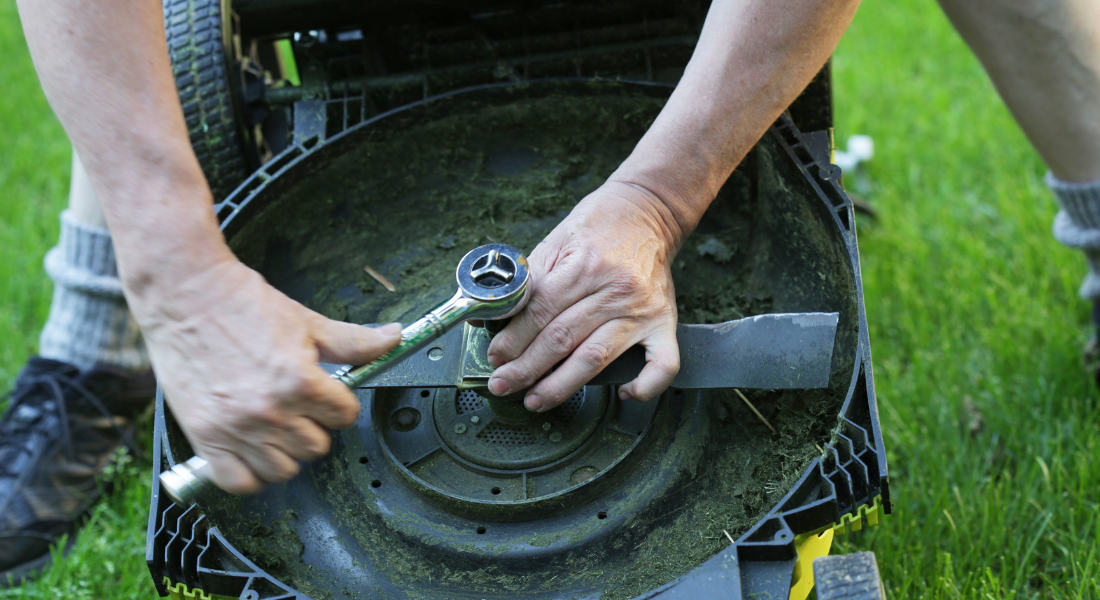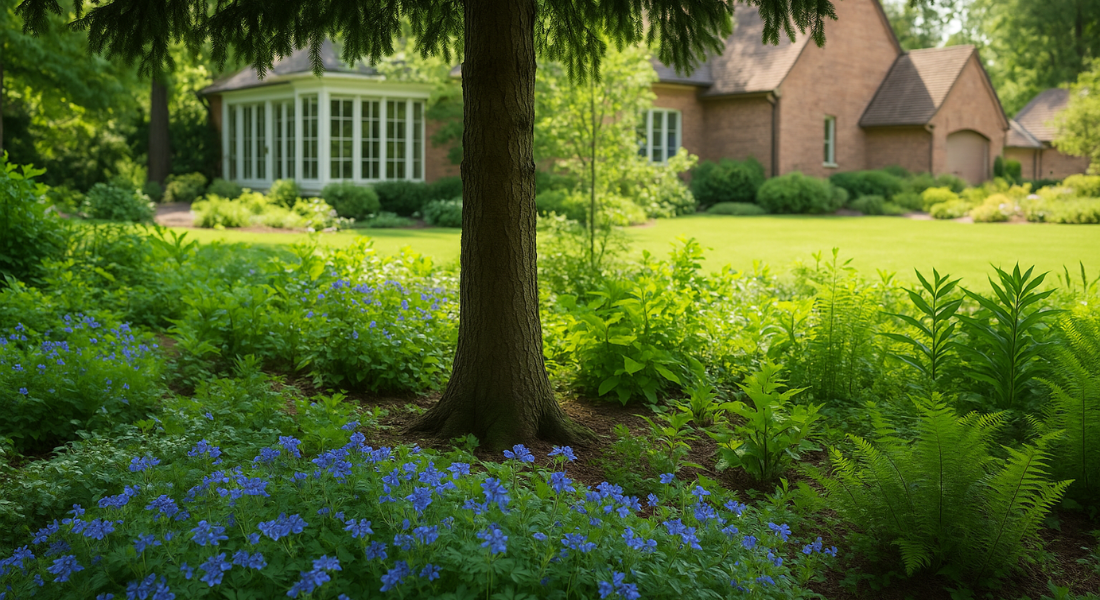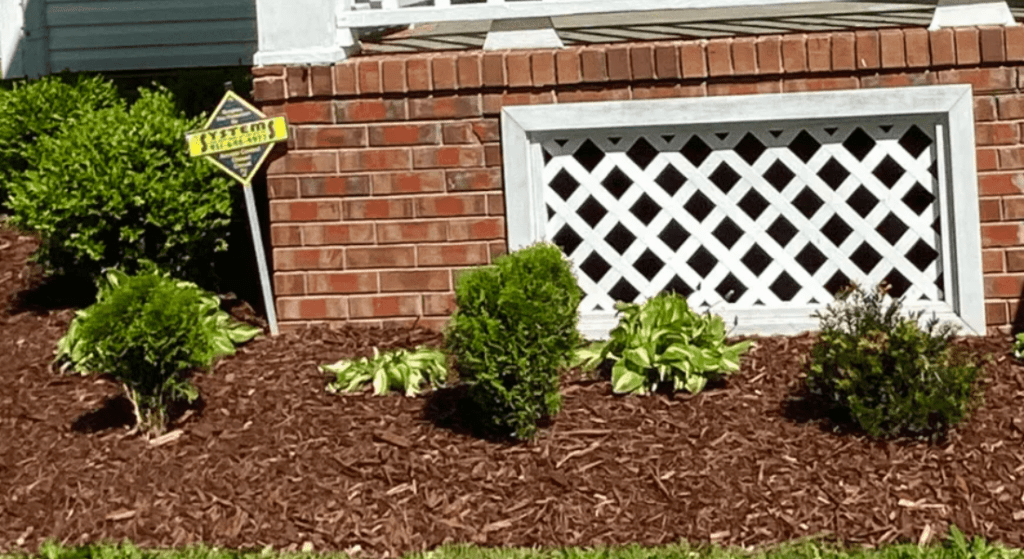How to Care for Your Indoor Money Tree Plant
Do you struggle to keep your indoor plants alive? Have you bought a beautiful money tree plant only to see it wither away? It’s frustrating when your houseplants don’t thrive. The lush, green leaves of a money tree can quickly turn yellow or brown if not cared for properly, making you feel disappointed and confused. Overwatering, not enough light, and poor soil can cause your plant to decline, making it seem hard to keep it healthy. Are money trees toxic to cats?
But don’t worry—this blog is here to help! By following our simple guide, you can learn how to care for a money tree plant the right way. We’ll cover everything from the best light conditions to watering schedules and pruning tips, so your money tree stays beautiful and healthy. For more tips on maintaining healthy plants and battling common issues, check out this article: Crabgrass Conundrum: Banish the Weeds of Your Lawn.
What is a Money Tree?
The money tree, or Pachira aquatica, is a tropical plant native to Central and South America. This indoor plant is known for its braided trunk and palmate leaves. Often referred to as a money plant, it is easy to care for and can bring a touch of greenery to any indoor space. The money tree is also pet-friendly, making it a great choice for households with animals.
Common money trees, like the ones with braided trunks are the most popular variety. People love them because of their unique look, making them a great choice for homes and offices. Many believe that money trees bring good luck and prosperity, which is why they’re often given as gifts for new homes or businesses. With the right care, such as regular watering and keeping them in indirect sunlight, these plants can thrive indoors for years, adding both beauty and a positive vibe to any space.
Why is the Money Tree Considered Lucky?
The money tree is considered lucky due to its association with good fortune and prosperity. According to Feng Shui principles, placing a money tree in your home or office can bring good luck and financial success. Its braided trunk is said to lock in luck and fortune, making it a popular houseplant for those looking to enhance their living space with positive energy.
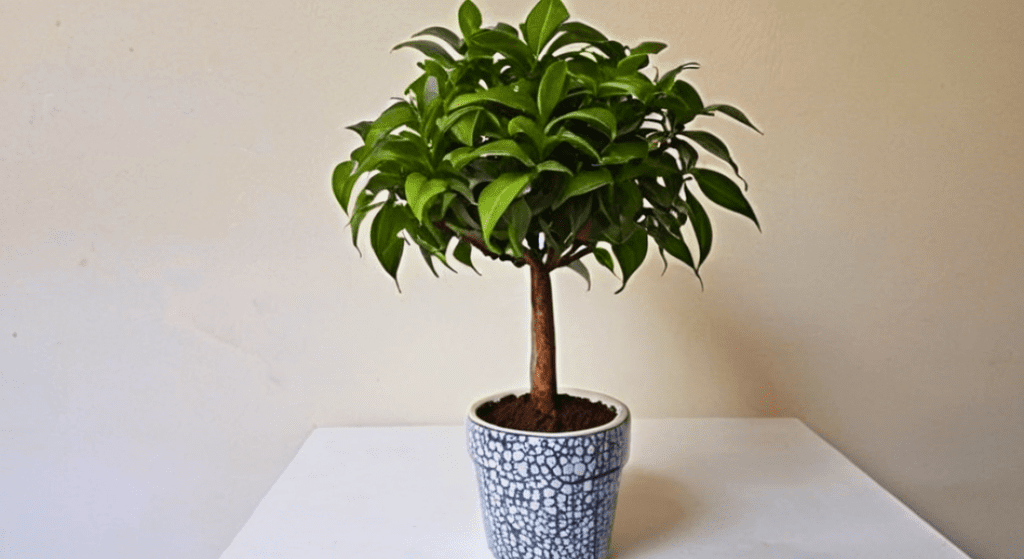
How to Choose the Right Pot for Your Money Tree
Selecting the right pot for your money tree is crucial for its health. Ensure the pot has a drainage hole at the bottom to prevent water from sitting and causing root rot. An indoor potting mix that includes perlite for well-draining soil is ideal. Choose a pot that is slightly larger than the current one to allow for growth, but not too large, as this can lead to overwatering issues.
How to Water a Money Tree Properly
Watering your money tree correctly is essential for its well-being. Water thoroughly, allowing the excess to drain out of the pot. Ensure the top few inches of soil dry out between waterings to prevent overwatering. During the growing period, typically in spring and summer, water your money tree more frequently, but reduce the frequency in fall and winter.
Understanding the Light Requirements of a Money Tree
Money trees prefer bright, indirect light. Place yours near a window where it can receive at least six hours of indirect sunlight each day. Avoid direct light, as it can scorch its leaves. If your indoor space lacks sufficient natural light, consider using a grow light to ensure your money tree receives the light it needs. Proper money tree care indoor involves monitoring the light conditions and adjusting as necessary.
How to Prune Your Money Tree for Healthy Growth
Pruning is essential for maintaining the shape and health of your money tree. Use sharp, clean scissors to cut at least one inch above a node to encourage new growth. Regular pruning helps manage the size of the plant and removes any yellowing or browning leaves that may indicate underlying issues.
Do You Need to Braid the Trunk of a Money Tree?
The braided trunk of a money tree is not a natural occurrence but a result of human intervention. While it is not necessary to braid the trunk for the plant’s health, it is often done for aesthetic purposes and to enhance its association with good fortune. If you choose to braid the trunk, do so when the plant is young and flexible.
Managing Humidity and Temperature for Optimal Growth
Money trees thrive in environments with high humidity and temperatures ranging from 60 to 75 degrees Fahrenheit. Use a humidity tray or a room humidifier to maintain adequate humidity levels, especially during the winter months when indoor air tends to be drier. Avoid placing your money tree near cold drafts or heating vents.
Common Problems: Yellowing and Browning Leaves
Yellowing or browning leaves can indicate several issues with your money tree. Overwatering, underwatering, or exposure to direct light are common causes. Ensure you are watering your plant correctly, providing it with the right amount of light, and maintaining appropriate humidity levels. If the leaves continue to yellow or brown, check for signs of pests or diseases.
How to Propagate Your Money Tree
Propagating your money tree is a rewarding way to grow new plants. To propagate, cut a healthy stem with several leaves and place it in water or soil. If using water, wait for roots to develop before transferring to soil. Ensure the new plant receives bright, indirect light and consistent moisture for successful growth.
Tips for Repotting a Money Tree
Repotting your money tree every two to three years helps refresh the soil and provides more room for growth. Choose a pot slightly larger than the current one, and use fresh, well-draining potting mix. Gently remove the plant from its old pot, loosen the root ball, and place it in the new pot. Water thoroughly after repotting to help the plant settle.
Frequently Asked Questions About Money Tree Care
When Should I Fertilize My Money Tree?
Fertilize your money tree during the growing season, typically in spring and summer. Use a balanced, water-soluble fertilizer every two to four weeks. Avoid fertilizing in the fall and winter when the plant’s growth slows down.
How Often Should I Water My Money Tree?
Water your money tree thoroughly when the top few inches of soil are dry. This typically means watering once a week during the growing season and less frequently in the fall and winter. Adjust the watering schedule based on the plant’s needs and environmental conditions.
Can I Keep My Money Tree Outdoors?
While money trees can be kept outdoors in warm, tropical climates, they are generally best suited as indoor plants. If you do place your money tree outside, ensure it is in a shaded area with indirect sunlight and bring it indoors before temperatures drop.
How Do I Handle Overwatering?
If you suspect overwatering, check the soil for moisture and let it dry out before the next watering. Ensure the pot has adequate drainage and consider repotting with fresh, well-draining soil if the problem persists. Yellowing leaves and a soggy pot are common signs of overwatering.
What Should I Do if My Money Tree is Shedding Leaves?
Leaf shedding can result from stress, such as changes in light, water, or temperature. Evaluate the plant’s environment and care routine, and make any necessary adjustments. Consistent care and a stable environment will help your money tree recover.
Conclusion: Key Points to Remember
- The money tree, or Pachira aquatica, is a popular indoor plant known for its braided trunk and association with good fortune.
- Choose a pot with good drainage and use a well-draining indoor potting mix.
- Water thoroughly but allow the soil to dry out between waterings.
- Place your money tree in bright, indirect light and maintain high humidity levels.
- Regular pruning helps maintain the plant’s shape and health.
- Braiding the trunk is optional and primarily for aesthetic purposes.
- Address common issues like yellowing leaves by adjusting care routines.
- Propagate new plants from healthy stems and repot every two to three years for optimal growth.
Taking care of a money tree plant can be enjoyable and easy if you follow some simple steps. Make sure your plant gets the right amount of light, water it properly, and keep up with regular maintenance. This will help your money tree stay healthy and beautiful in your home. Remember to prune it often, check for pests, and provide enough humidity to keep it looking its best.
If you’re in Clarksville, TN, and want to improve your outdoor space, Green Life Services is here to help. We offer professional tree planting and installation services, revitalizing flower beds, adding new trees, and enhancing landscapes with mulch and rocks. Our plant installation services ensure the right plants are chosen and expertly placed in your garden. Trust Green Life Services to bring your outdoor vision to life and create a beautiful, sustainable space.
FAQ
How to Care for a Money Tree Plant
Caring for a money tree plant involves providing the right conditions and regular maintenance. Here are the key steps:
- Light : Place your money tree in bright, indirect light. Avoid direct sunlight as it can scorch the leaves.
- Watering : Water thoroughly when the top few inches of soil are dry. Ensure good drainage to prevent root rot. Reduce watering frequency in the fall and winter.
- Humidity : Money trees thrive in high humidity. Use a humidity tray or a room humidifier, especially in dry indoor environments.
- Temperature : Keep the plant in temperatures between 60 to 75 degrees Fahrenheit. Avoid cold drafts and sudden temperature changes.
- Soil : Use a well-draining indoor potting mix with perlite. Ensure the pot has drainage holes.
- Fertilizing : Feed the plant with a balanced, water-soluble fertilizer every two to four weeks during the growing season (spring and summer). Avoid fertilizing in the fall and winter.
- Pruning : Regularly prune to maintain shape and remove any yellowing or dead leaves.
Q. How Big Does a Money Tree Plant Get?
A. Indoors, a money tree plant typically grows to a height of 6 to 8 feet. However, in its natural habitat in Central and South America, it can grow up to 60 feet tall. The size can be managed with regular pruning and by keeping it in a suitably sized pot.
Q. Are Money Tree Plants Toxic to Cats?
A. No, money tree plants are not toxic to cats. They are considered pet-friendly and safe to have in homes with cats. However, it’s always a good idea to discourage pets from chewing on houseplants to prevent any potential digestive upset.
Q. Can You Plant a Money Tree Outside?
A. You can plant a money tree outside if you live in a warm, tropical climate where temperatures do not drop below 50 degrees Fahrenheit. Ensure the location has bright, indirect sunlight and well-draining soil. In non-tropical regions, it’s best to keep the money tree as an indoor plant.
Q. Are Money Tree Plants Toxic to Dogs?
A. No, money tree plants are not toxic to dogs. They are safe for homes with dogs, though it’s still wise to keep an eye on your pets to ensure they don’t chew on the plant, which can lead to minor digestive issues.
